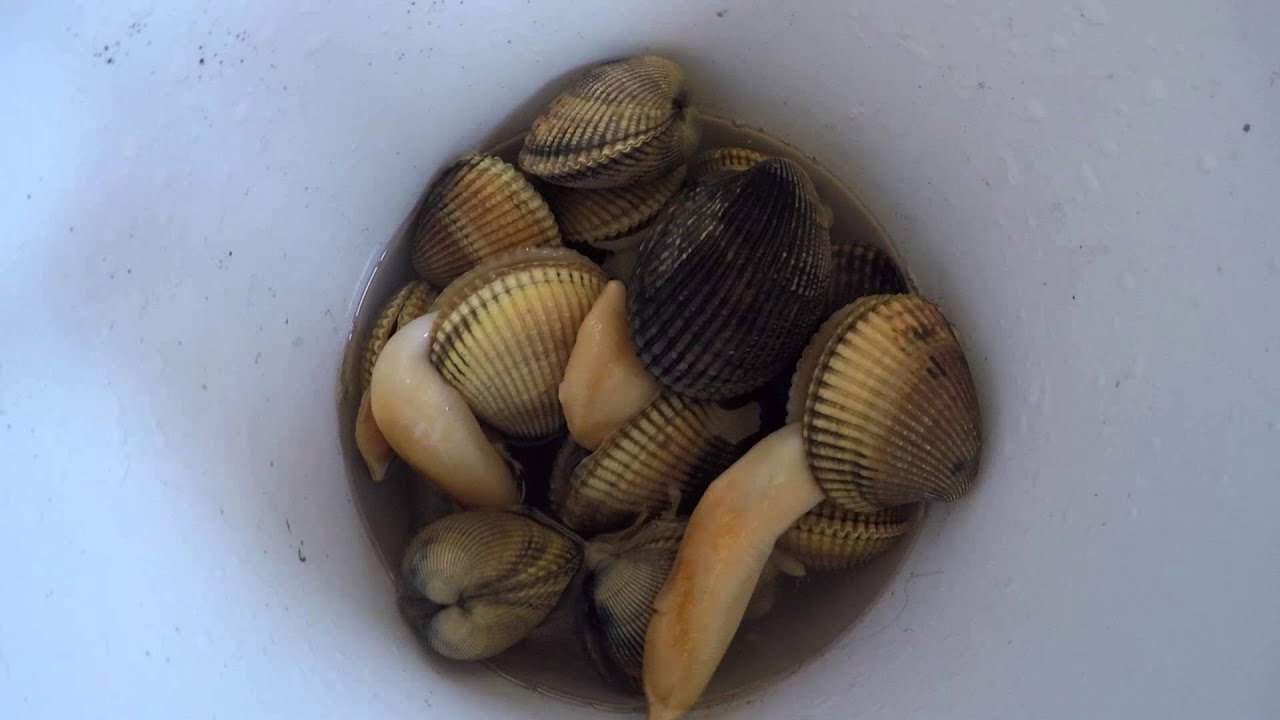

Articles
How To Store Live Clams
Modified: February 23, 2024
Learn the best techniques for storing live clams to maintain their freshness and flavor. Discover helpful articles and tips for proper clam storage.
(Many of the links in this article redirect to a specific reviewed product. Your purchase of these products through affiliate links helps to generate commission for Storables.com, at no extra cost. Learn more)
Introduction
When it comes to enjoying fresh seafood, clams are a popular choice for many seafood lovers. These delicious bivalves can be prepared in a variety of ways, such as steamed, grilled, or added to pasta dishes. However, to truly savor their natural flavors, it is crucial to store live clams properly before cooking and consuming them.
In this article, we will discuss the essential steps to store live clams. By following these guidelines, you can ensure that your clams remain fresh, flavorful, and safe to eat.
So, let’s dive into the world of clams and learn how to store them to preserve their taste and quality!
Key Takeaways:
- Select live clams that are tightly closed, intact, and have a clean ocean scent. Handle them gently, keep them cool, and store in the refrigerator for optimal freshness and flavor.
- Check for freshness before consumption by ensuring clams are responsive, have intact shells, emit a briny smell, and show no signs of spoilage. When in doubt, discard to prioritize safety.
Read more: How To Store Live Clams Overnight
Selecting Live Clams
When it comes to selecting live clams, freshness is the key. It’s important to choose clams that are alive and healthy to ensure the best flavor and quality. Here are some tips to help you select the freshest clams:
- Look for clams that are tightly closed. Open clams may indicate that they are dead and should be discarded.
- Avoid clams with broken or damaged shells, as this can be a sign of spoilage or contamination.
- Check for any foul odors. Fresh clams should have a clean and briny smell of the ocean.
- Inspect the shell for any cracks or chips. Clams with intact shells are more likely to be alive and healthy.
If you come across clams that are slightly open, don’t immediately discard them. Gently tap the shell, and if the clam closes, it’s still alive and safe to consume. However, if the clam remains open or does not respond to the tap, it is best to discard it as it may be dead or unsafe to eat.
By carefully selecting live clams, you can ensure that you are starting with the freshest ingredients for your delicious seafood dish.
Proper Handling Techniques
Proper handling techniques play a crucial role in maintaining the freshness and quality of live clams. By following these simple steps, you can minimize the risk of contamination and ensure that your clams remain safe to eat:
- Handle clams with care: Clams are delicate creatures, so it’s important to handle them gently to avoid damaging their shells.
- Keep clams cool: It’s essential to keep clams cool at all times. High temperatures can cause the clams to spoil quickly. If you’re not planning to cook the clams immediately, place them in a bowl or tray covered with a damp towel and store them in the refrigerator.
- Don’t wash clams before storing: It’s recommended not to wash clams until you’re ready to cook them. Washing clams can remove their natural protective coating and can cause them to lose their freshness.
- Discard damaged or dead clams: If you notice any clams that are already open or damaged, it’s best to discard them. They may be dead or potentially contaminated.
- Avoid overcrowding: When storing clams, make sure not to overcrowd them. Leave enough space for air circulation, as clams need oxygen to survive. Use a shallow container or tray to store them, preferably in a single layer.
By handling clams properly, you can maintain their freshness and flavor, ensuring a delightful culinary experience.
Choosing the Right Storage Environment
For live clams to stay fresh and alive, it’s crucial to store them in the right environment. Here are some considerations when choosing the ideal storage environment:
- Temperature: Clams prefer cold temperatures to remain alive. The recommended storage temperature for clams is between 32°F (0°C) and 45°F (7°C). If the temperature drops below 32°F, the clams may freeze and die. Ensure that the storage temperature remains consistent to maintain the quality of the clams.
- Humidity: Clams also require a moderate level of humidity. The ideal humidity range for clams is between 80% and 90%. You can maintain the humidity by placing a damp towel or paper towel over the clams or using a perforated container that allows for air circulation.
- Avoid direct contact with ice: While it’s important to keep clams cold, direct contact with ice can be detrimental. The melting ice can cause the clams to suffocate and die. To prevent this, use a tray or container with drainage holes to allow excess moisture to escape.
- Avoid exposure to sunlight: Sunlight can increase the temperature and spoil the clams. It’s crucial to store them in a cool, dark place away from direct sunlight.
- Consider airflow: Adequate airflow is essential to keep the clams fresh. If possible, choose a storage area that provides good ventilation to prevent the clams from becoming stale or developing off flavors.
By selecting the right storage environment, you can ensure that your clams remain healthy and retain their quality until you’re ready to cook and enjoy them.
Store live clams in the refrigerator in a breathable container, such as a mesh bag or a bowl covered with a damp towel. Keep them cold, but not submerged in water, and use them within 1-2 days for the best flavor and quality.
Storing Live Clams in the Refrigerator
The refrigerator is one of the most convenient and effective places to store live clams. Here’s how to store clams in the refrigerator to maintain their freshness:
- Rinse the clams: Before refrigerating, rinse the clams gently under cold running water to remove any dirt or debris from their shells. Use a soft brush to scrub the shells if needed, but avoid soaking the clams in water.
- Prepare a breathable container: Use a shallow container or tray with perforations to allow for airflow. Line the bottom of the container with a damp cloth or paper towel to maintain the desired level of humidity.
- Arrange the clams: Place the clams in a single layer inside the container, ensuring they have enough space and are not overcrowded. Avoid stacking the clams on top of each other.
- Cover the container: Place a damp cloth or paper towel over the clams to prevent dehydration and maintain humidity. Alternatively, you can use a breathable plastic wrap or lid to cover the container.
- Store in the coldest section of the refrigerator: Place the container of clams in the coldest part of the refrigerator, typically the lower shelves. Ensure that the temperature remains between 32°F (0°C) and 45°F (7°C). Avoid storing clams in the door of the refrigerator, as it tends to be warmer.
- Keep clams alive until cooking: Ideally, clams should be cooked as soon as possible after purchase. However, if you need to store them for a day or two, check on the clams daily, discarding any that have opened or show signs of spoilage.
By following these steps, you can safely store live clams in the refrigerator and maintain their freshness until you’re ready to prepare them.
Read more: How To Store Live Clams In The Fridge
Alternative Storage: Ice or Wet Towel Method
If you don’t have access to a refrigerator or need to store clams for a longer period, you can use alternative methods like the ice or wet towel method. Here’s how you can store live clams using these methods:
- Ice Method:
- Place the clams in a shallow container or tray.
- Add ice to the container, covering the clams partially. It’s important not to completely submerge the clams in ice, as this can cause them to freeze.
- Ensure there is enough drainage in the container to prevent the clams from sitting in melted ice.
- Cover the container with a damp cloth or paper towel to maintain the desired level of humidity.
- Store the clams in the coolest part of your home, away from direct sunlight.
- Wet Towel Method:
- Dampen a clean cloth or paper towel with cold water.
- Place the clams on the damp towel, ensuring they are not overcrowded.
- Wrap the clams loosely in the damp towel, creating a bundle.
- Store the bundle of clams in the refrigerator’s crisper drawer or in a cooler with ice packs.
- Check the towel periodically and rewet it if it dries out to maintain the proper level of humidity.
Both the ice and wet towel methods help to keep the clams cool and maintain the necessary level of moisture. However, it’s essential to monitor the clams regularly and discard any that have opened or show signs of spoilage.
Remember, these alternative methods are not as effective as storing clams in a refrigerator, so it’s best to use them for short-term storage.
Checking For Freshness Before Consumption
Before preparing and consuming live clams, it’s important to ensure they are still fresh and safe to eat. Here are some key indicators to check for freshness:
- Alive and responsive: Live clams should tightly close their shells when touched or tapped. If a clam remains open or does not respond, it may be dead and should be discarded.
- Shell integrity: Look for clams with intact and unbroken shells. Avoid clams with cracked or damaged shells, as they may indicate spoilage or contamination.
- Briny smell: Fresh clams should emit a clean and briny scent, reminiscent of the ocean. Avoid clams with a strong, foul odor, as it may indicate spoilage.
- Visible signs of spoilage: Check for any visual signs of spoilage, such as excessive sliminess, unusual discoloration, or an off-putting appearance. If the clams look suspicious or abnormal, it’s best to discard them.
If you have any doubts about the freshness of the clams, it’s better to err on the side of caution and discard them rather than risk consuming spoiled seafood.
It’s important to note that not all clams will open during cooking. Even if a clam remains closed after cooking, if it exhibits the other signs of freshness mentioned above, it should be safe to eat.
By checking for these freshness indicators, you can ensure that the clams you serve are of the highest quality, resulting in a delicious and enjoyable seafood experience.
Conclusion
Storing live clams properly is essential to maintain their freshness, flavor, and quality. By following the steps outlined in this article, you can ensure that your clams remain alive and safe to eat until you’re ready to prepare them.
Remember to select live clams that are tightly closed, with no signs of damage or foul odors. Handle them with care and keep them cool to preserve their freshness. If possible, store them in the refrigerator, maintaining the ideal temperature and humidity.
If you don’t have access to a refrigerator, you can use alternative methods such as the ice or wet towel method to keep the clams cool and moist. However, these methods are best suited for short-term storage.
Before cooking and consuming the clams, always check for signs of freshness, such as the clams’ responsiveness, shell integrity, aroma, and visual appearance. If any doubts arise, it’s better to discard suspicious clams to ensure your safety.
By properly storing live clams and ensuring their freshness, you can enjoy the delightful flavors of these bivalves in your favorite seafood dishes. So, go ahead, follow the guidelines, and embark on a culinary journey with the amazing flavors of fresh, live clams!
Now, get ready to impress your friends and family with your knowledge of how to store and handle live clams like a pro!
Frequently Asked Questions about How To Store Live Clams
Was this page helpful?
At Storables.com, we guarantee accurate and reliable information. Our content, validated by Expert Board Contributors, is crafted following stringent Editorial Policies. We're committed to providing you with well-researched, expert-backed insights for all your informational needs.
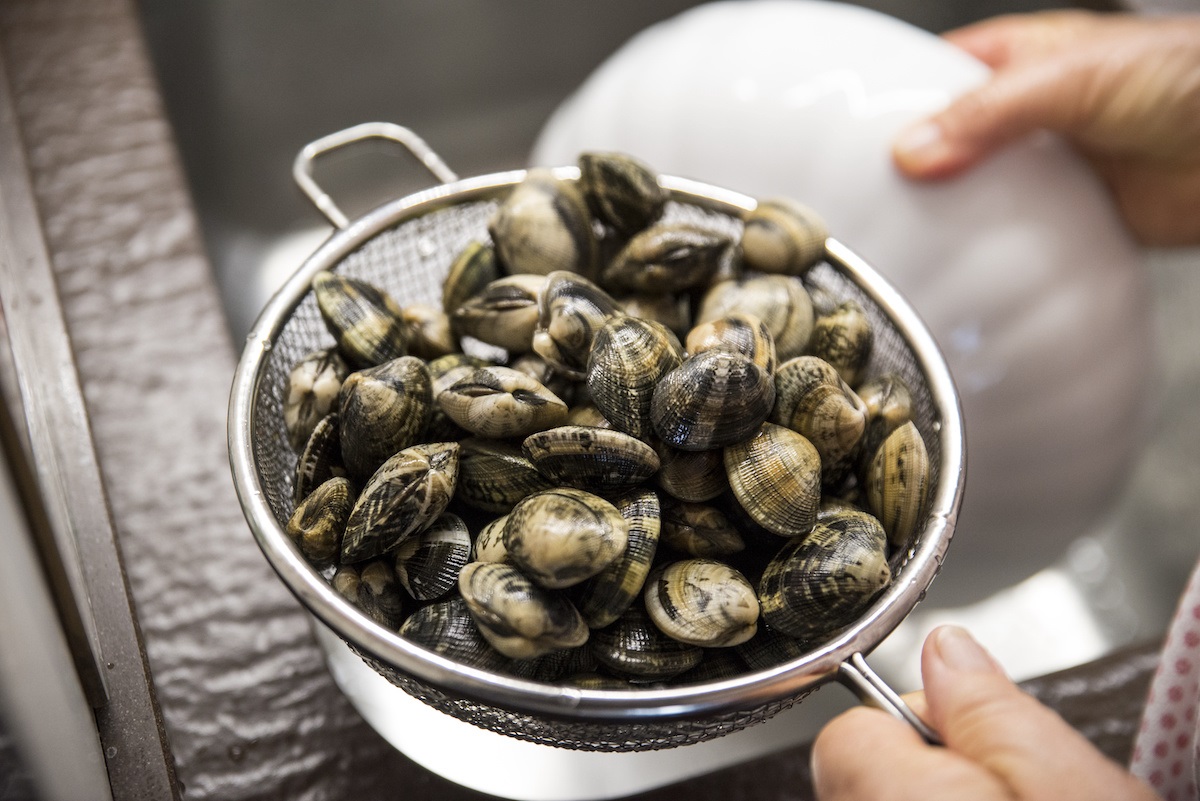
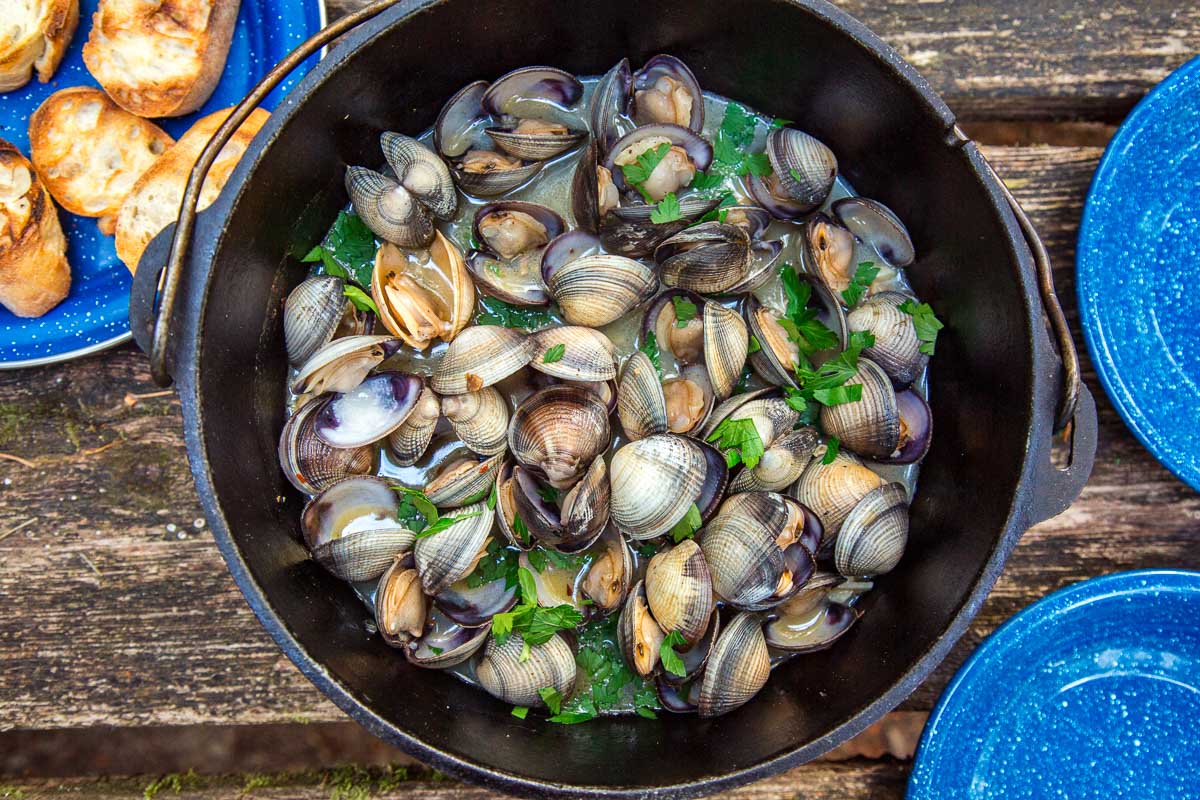
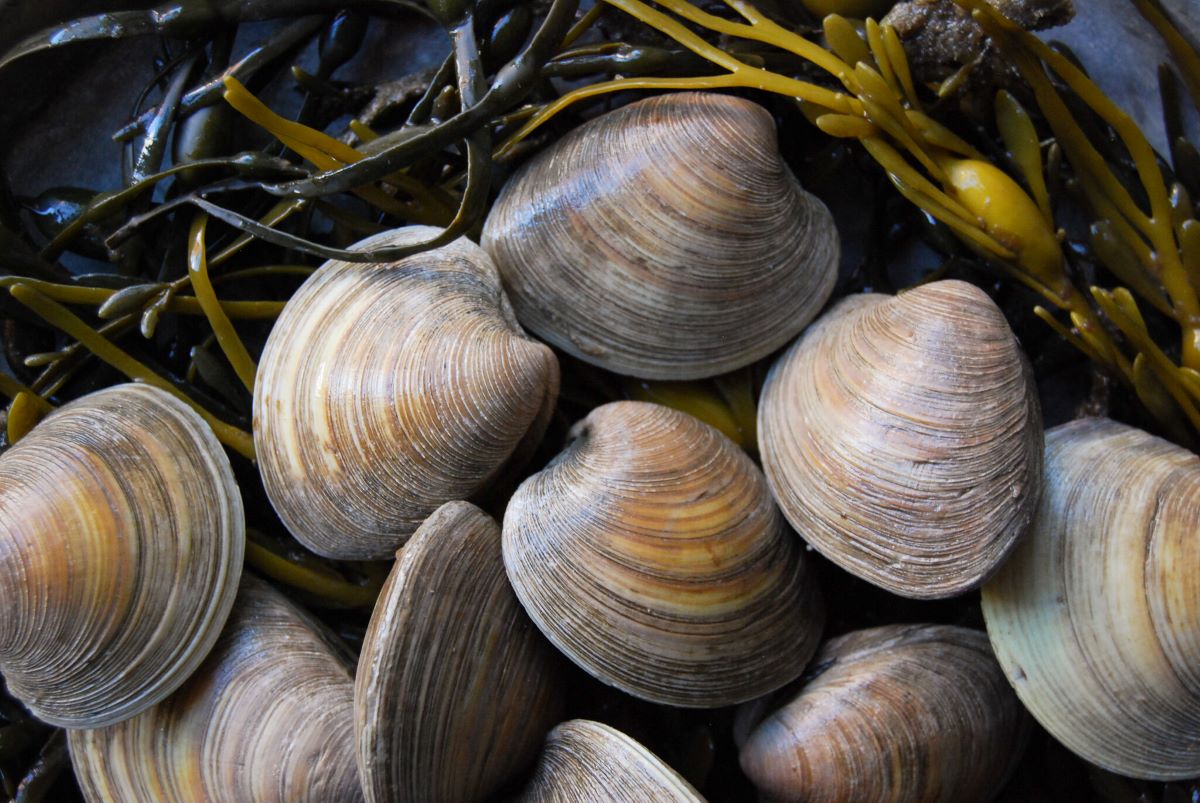
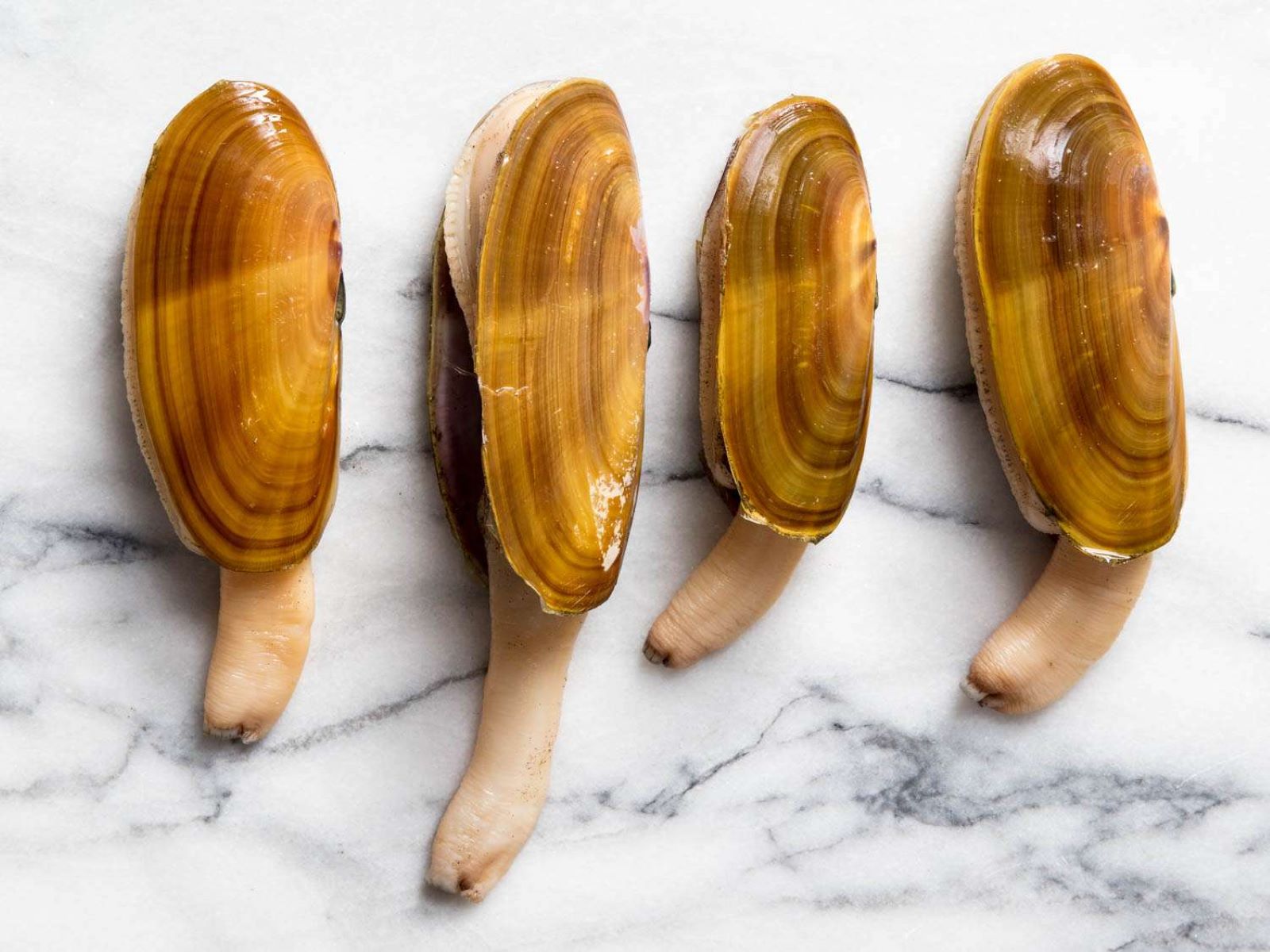
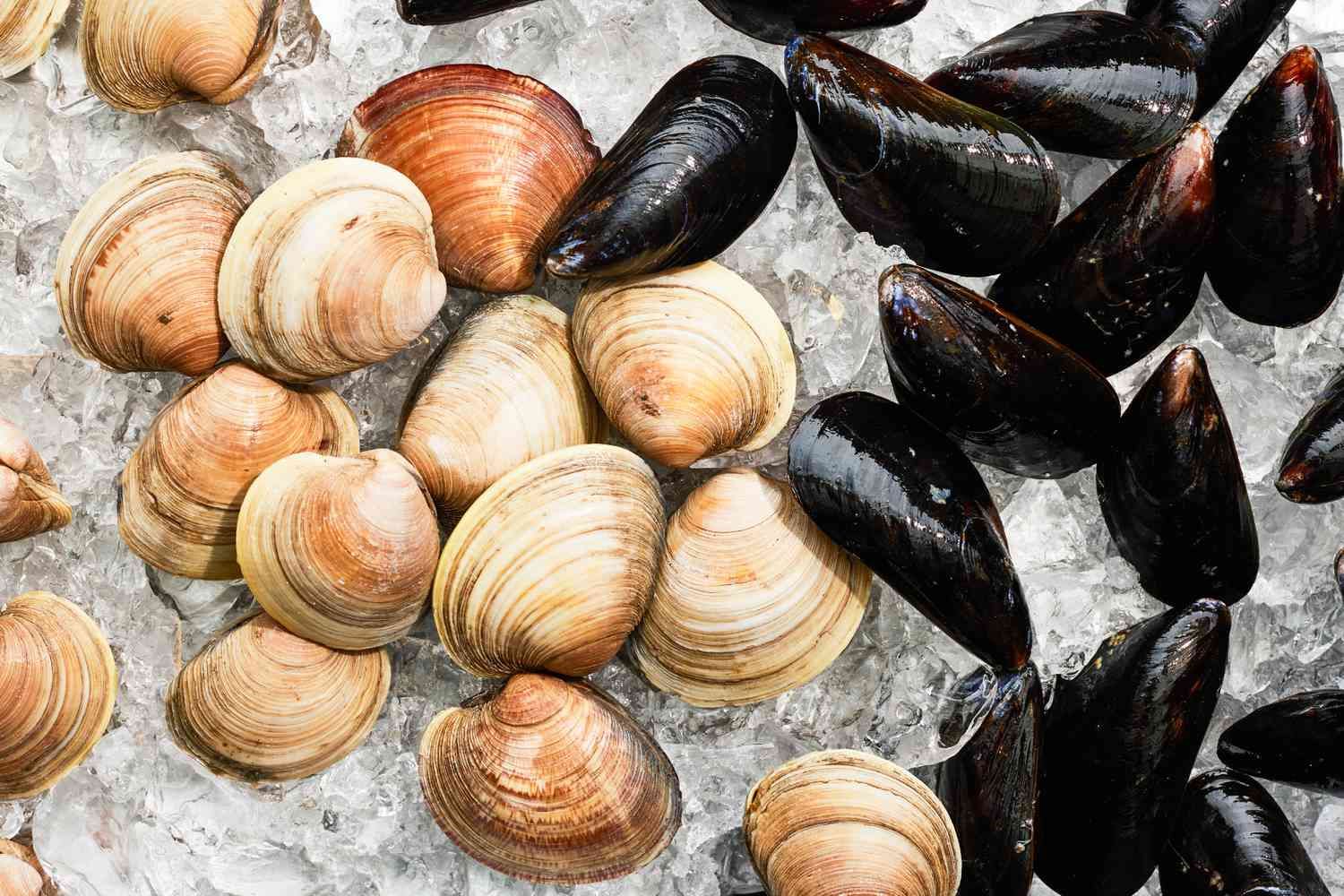
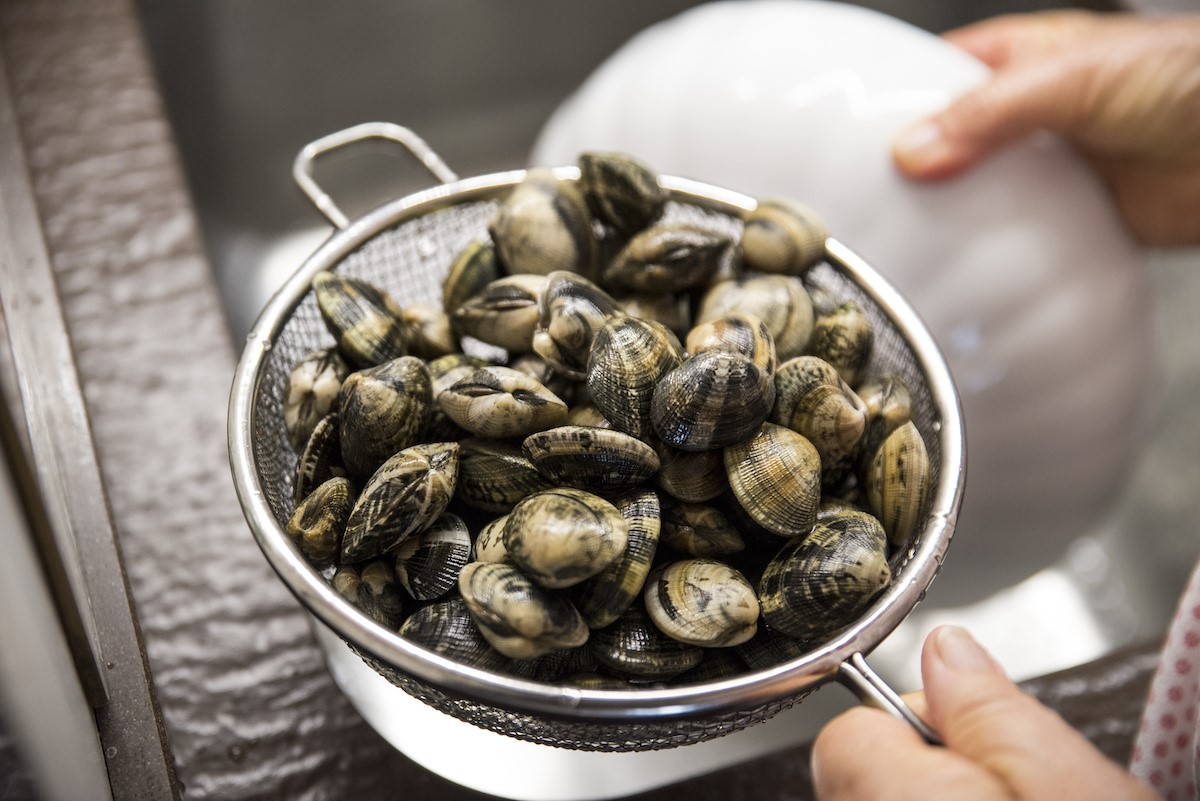
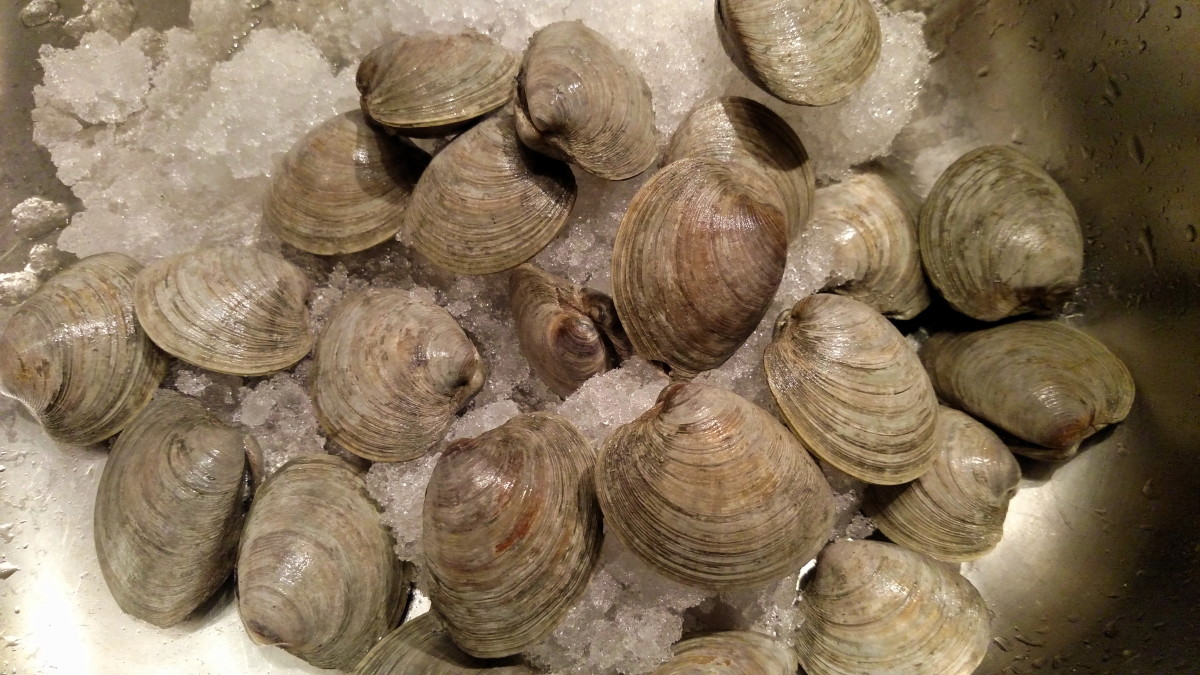
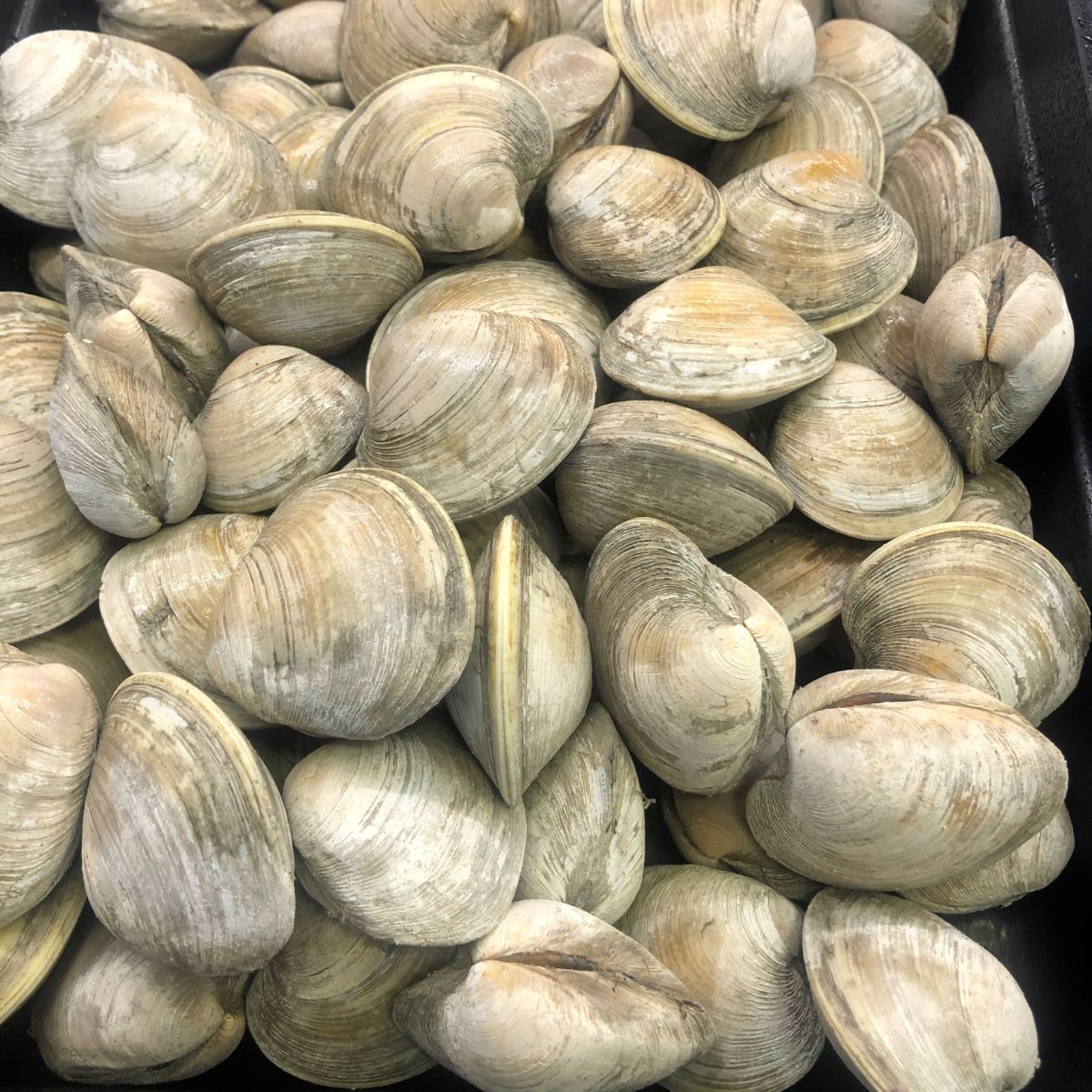
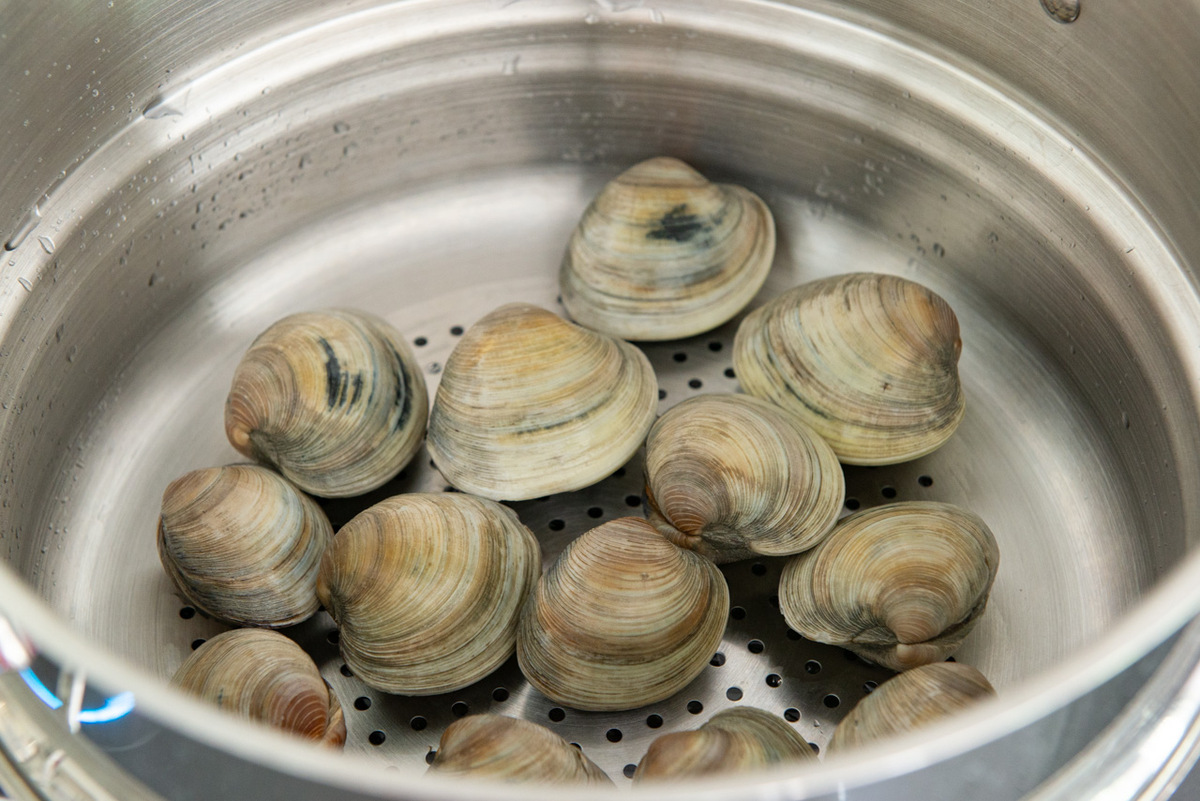
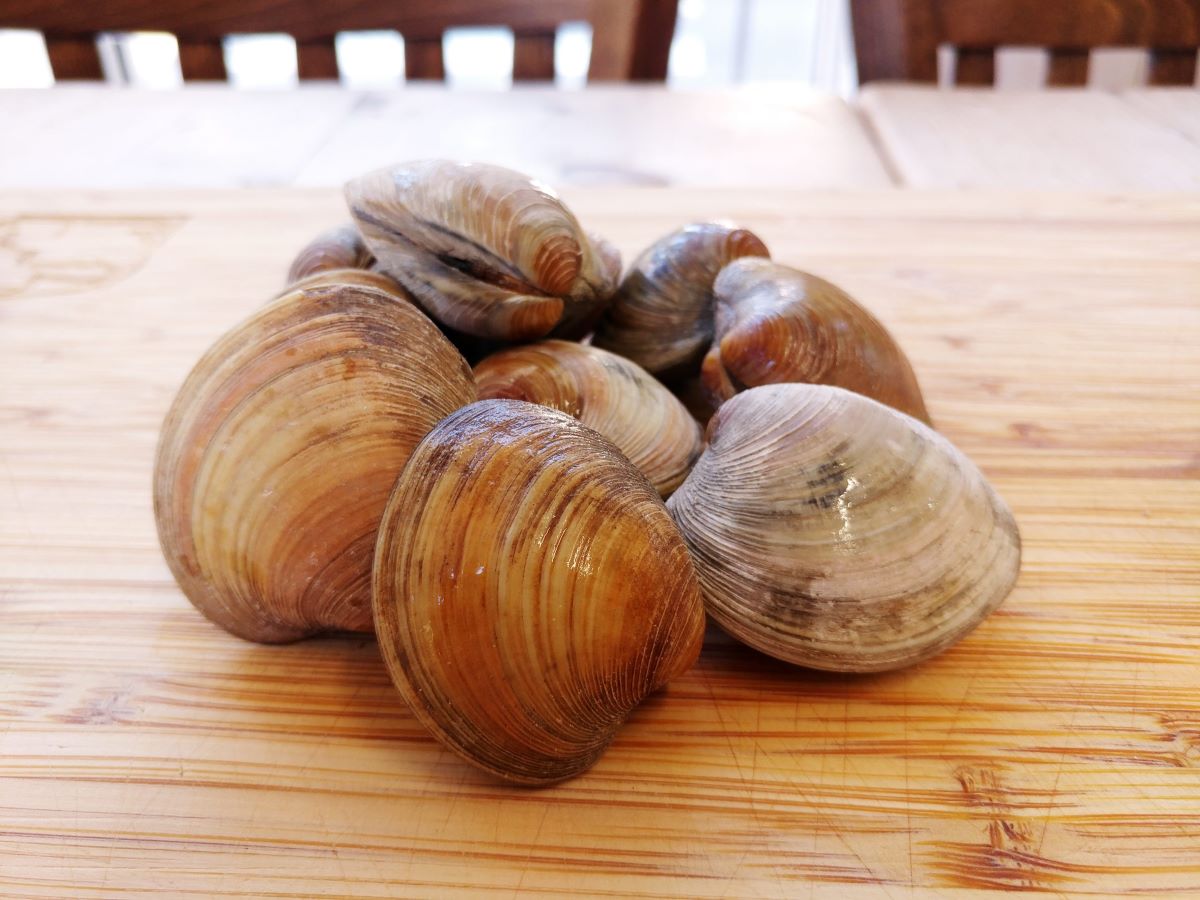
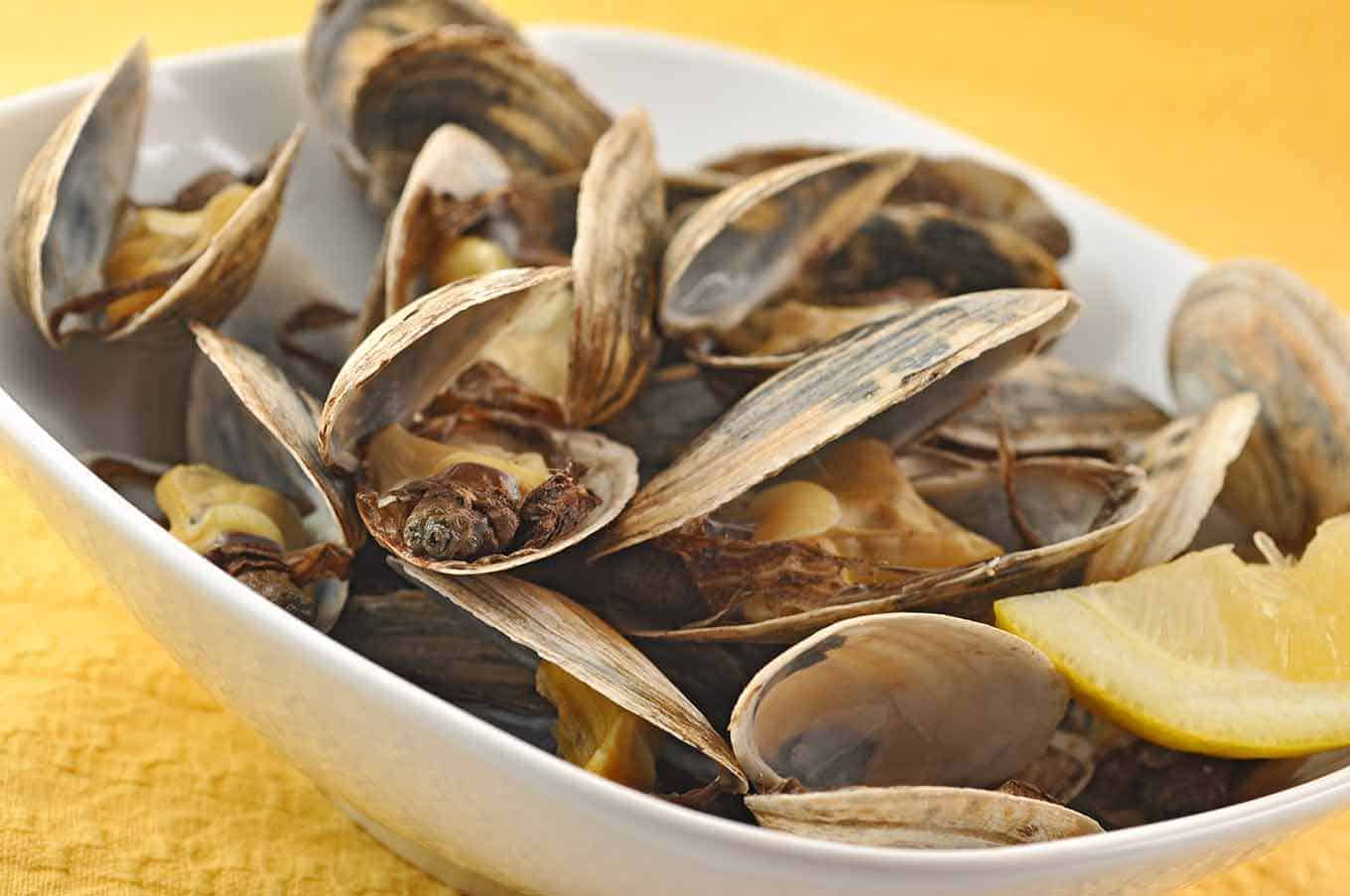
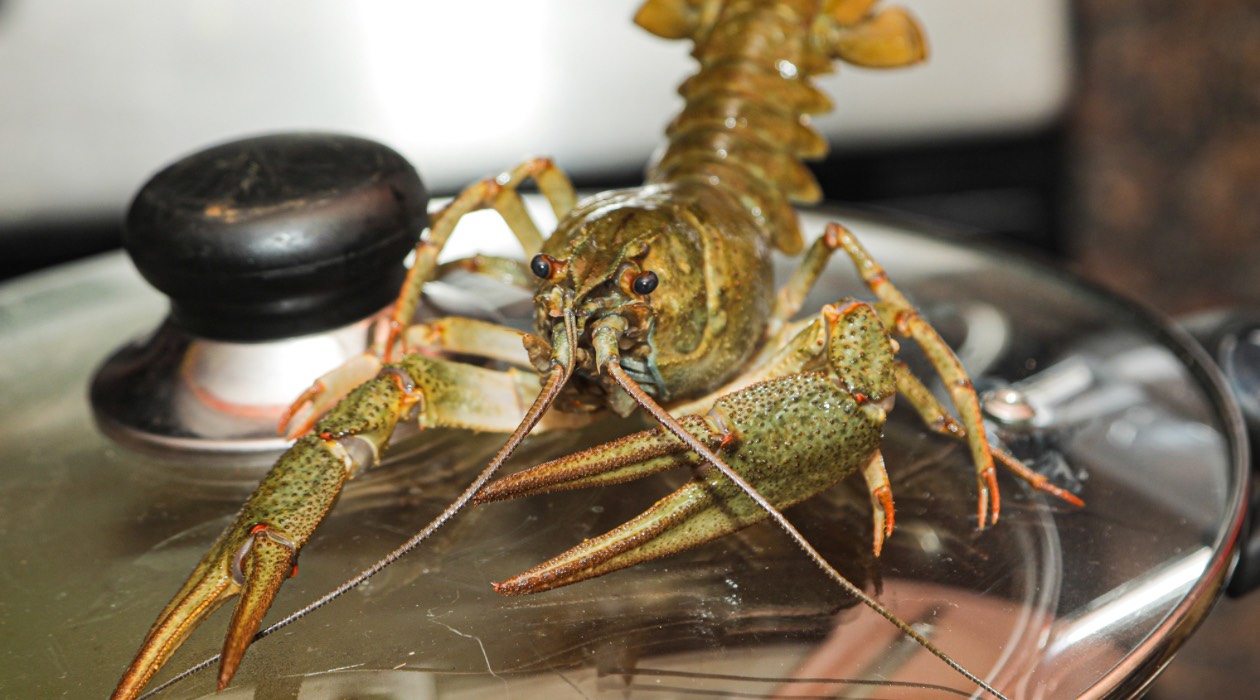
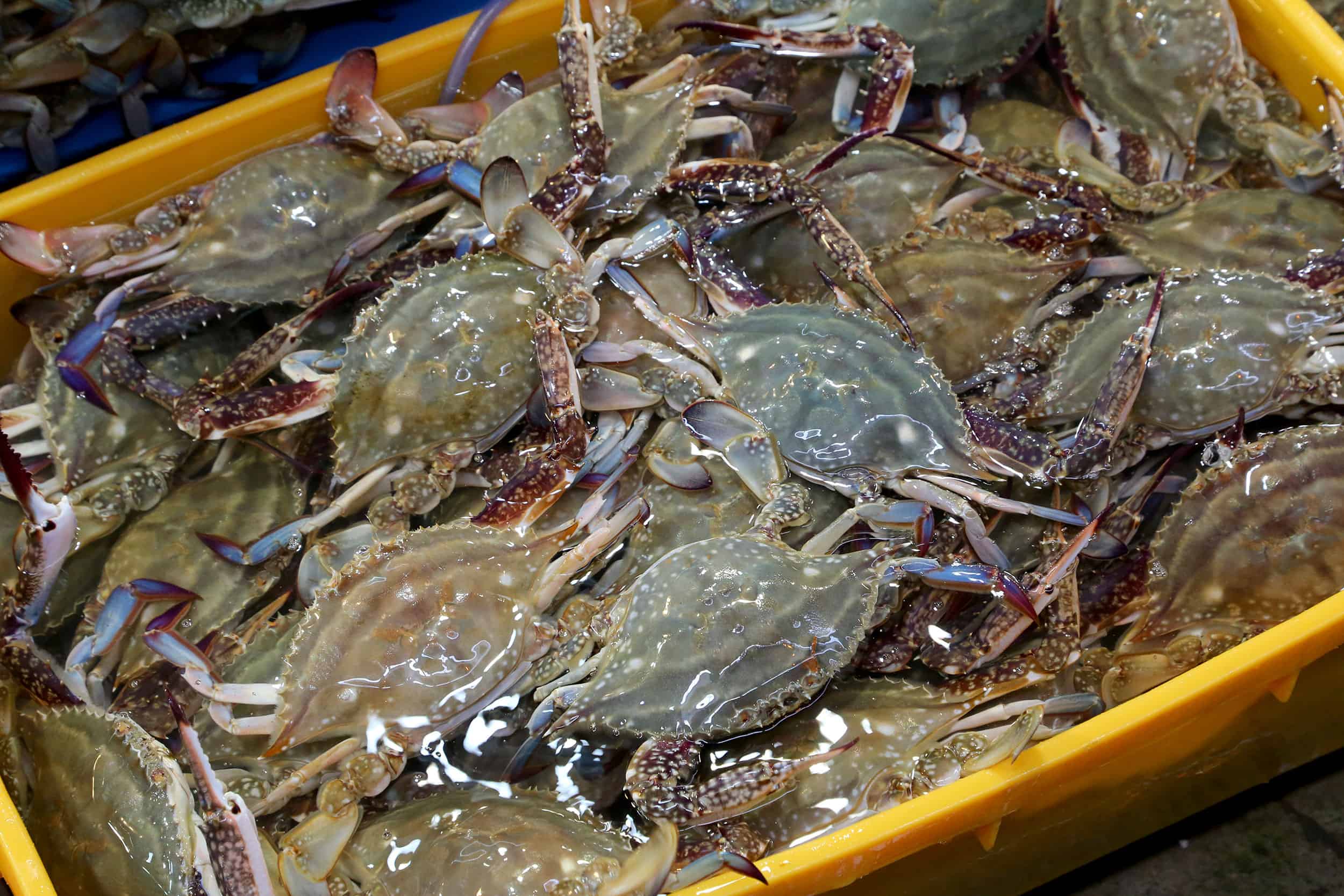
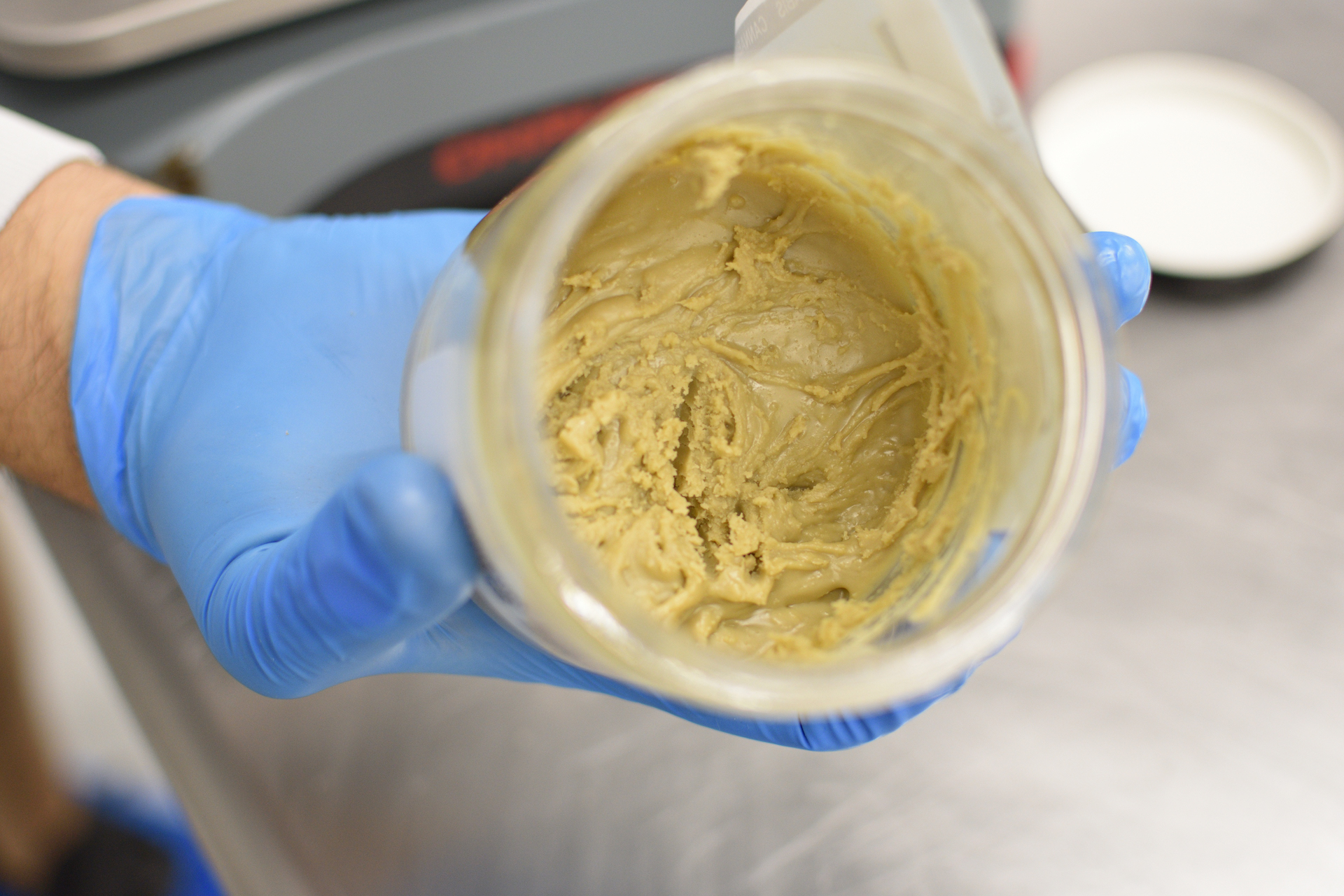

0 thoughts on “How To Store Live Clams”